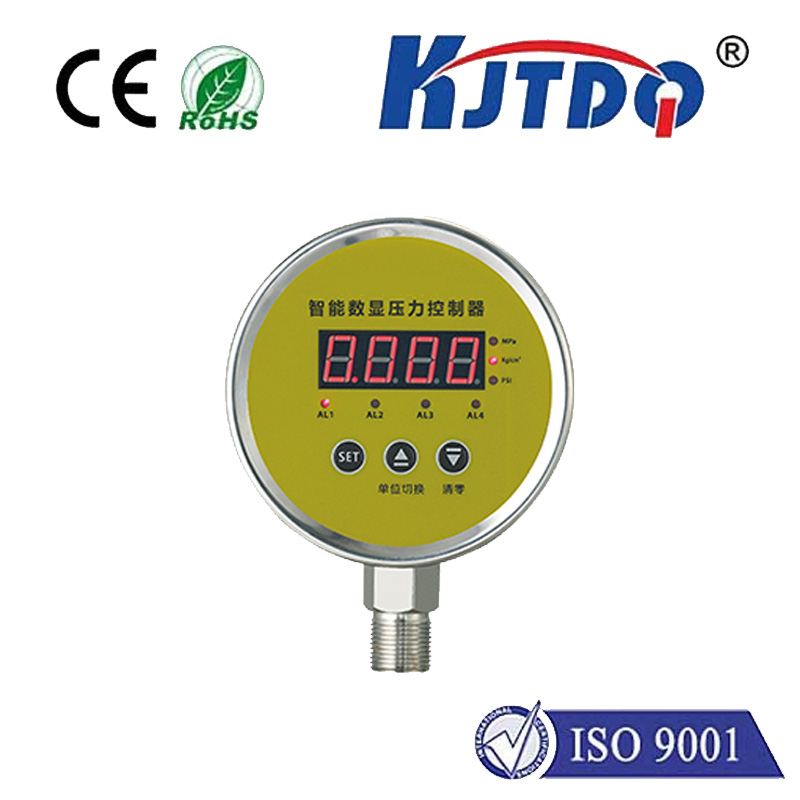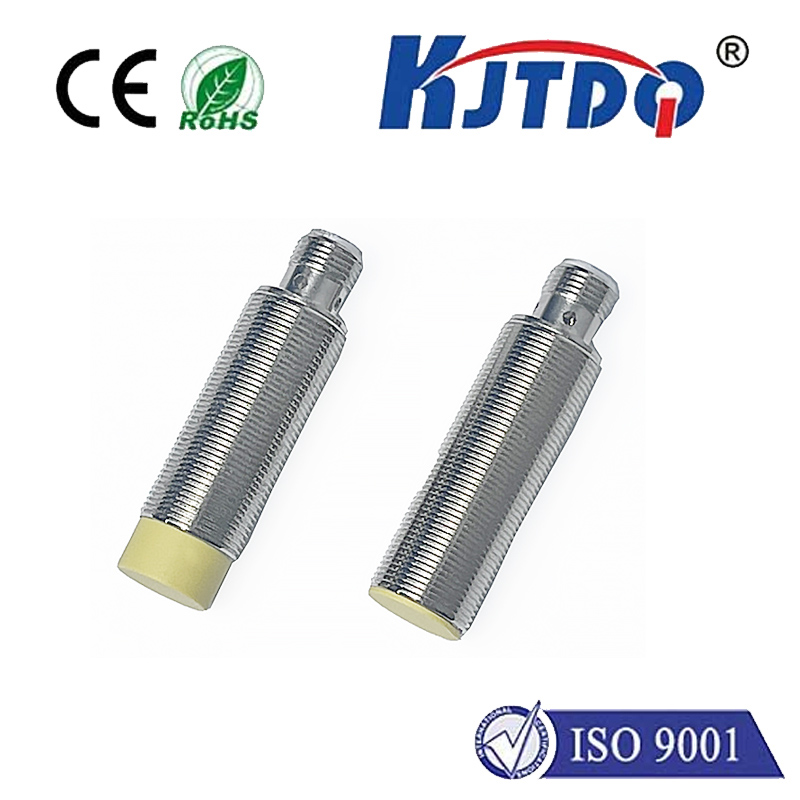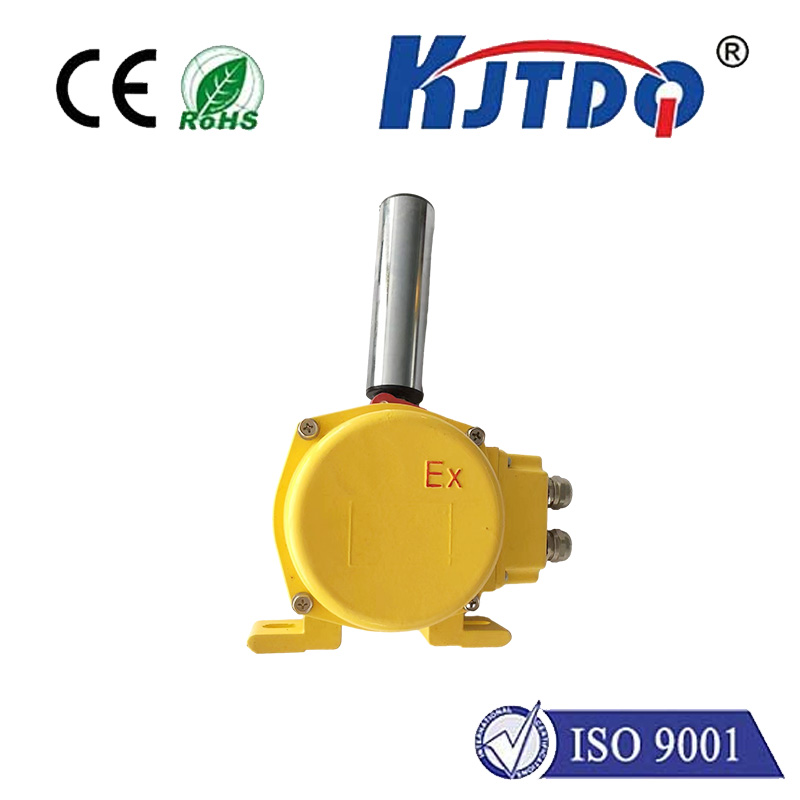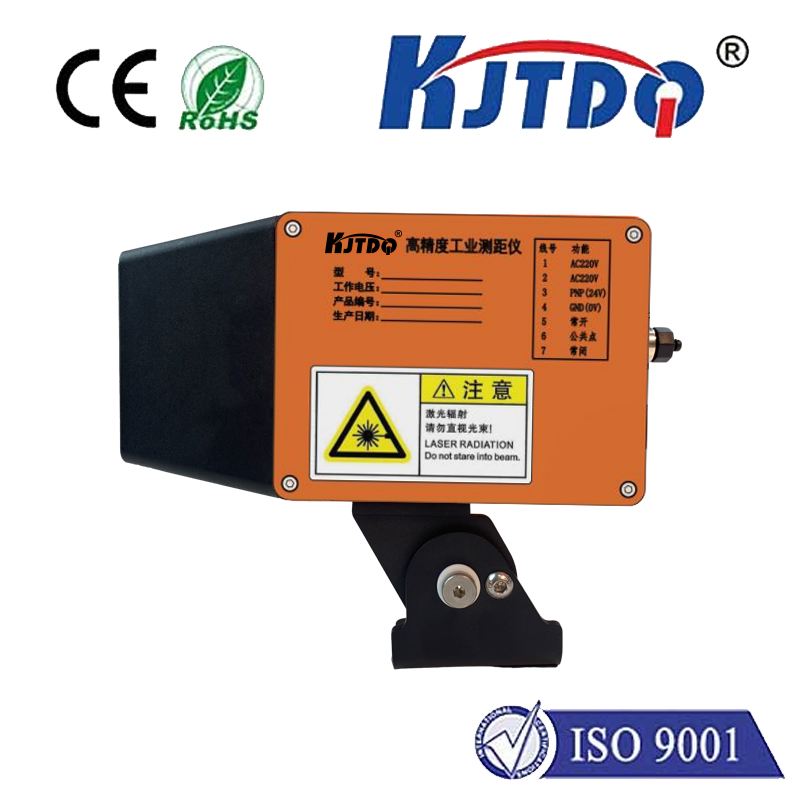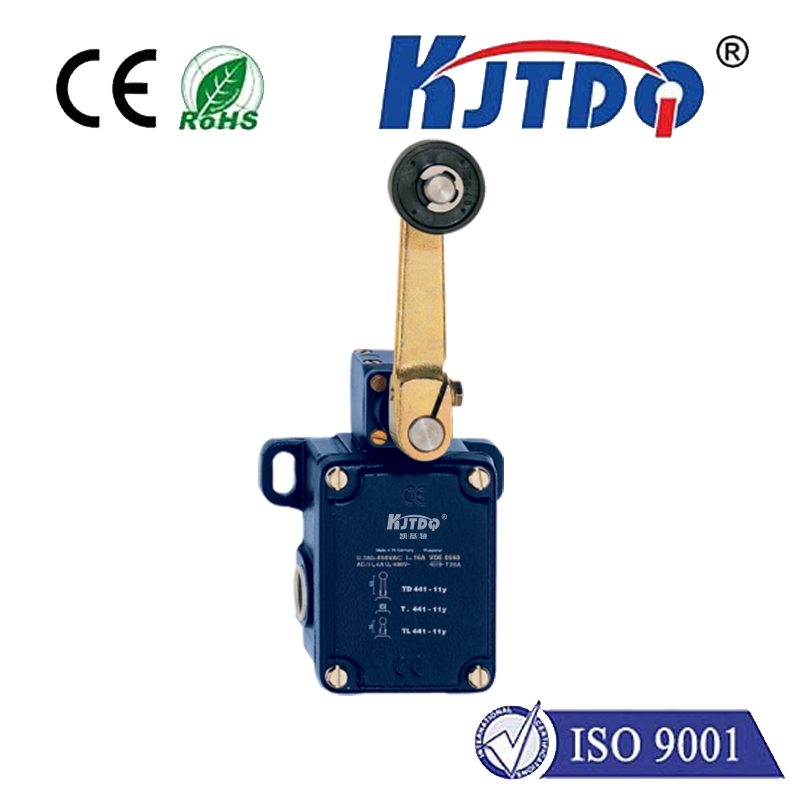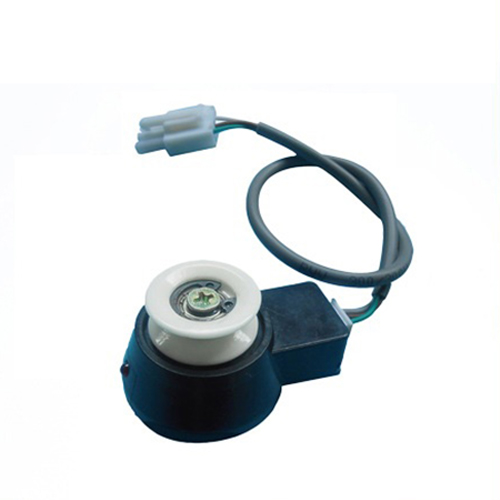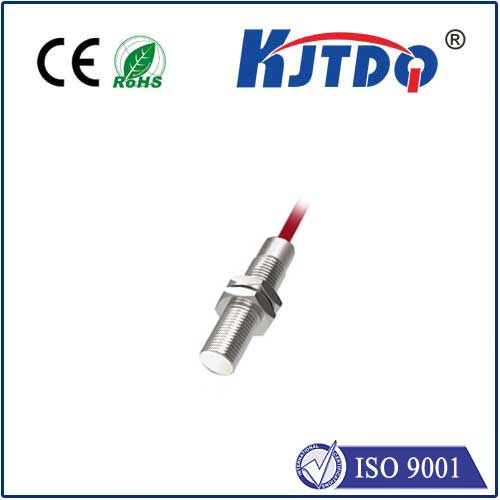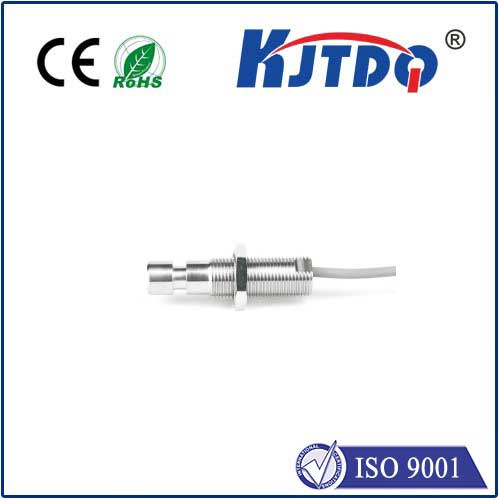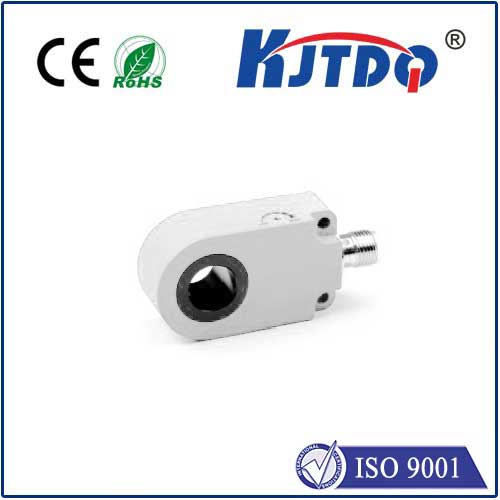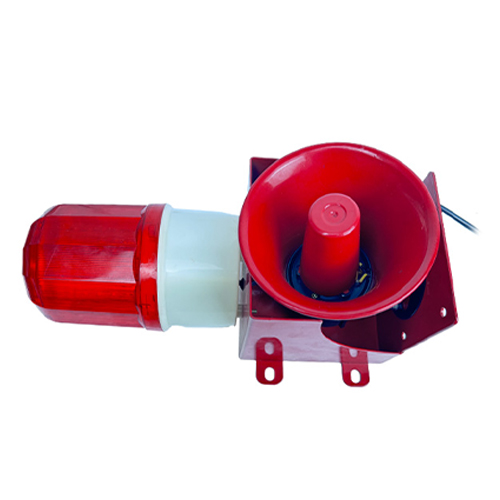opto electronic sensor
- time:2025-08-15 01:48:43
- Нажмите:0
Seeing the Light: How Optoelectronic Sensors Revolutionize Modern Technology
In a world increasingly driven by automation, intelligence, and precise control, there exists a silent yet pervasive force enabling these advancements: optoelectronic sensors. These ingenious devices, operating at the fascinating intersection of light (optics) and electricity (electronics), act as the essential eyes and detectors for countless modern systems. From your smartphone’s ambient light adjustment to the intricate automation of a manufacturing line, or the life-saving diagnostics in medical equipment, optoelectronic sensing technology is fundamentally reshaping how machines perceive and interact with their environment. Their ability to convert light signals into electrical ones, and vice versa, unlocks capabilities far beyond human senses, paving the way for unprecedented precision, safety, and efficiency. This article delves into the core workings, diverse applications, and vital considerations surrounding these crucial components.
The Core Principle: Bridging Light and Electronics
At their heart, optoelectronic sensors are transducers. They either detect light and convert it into an electrical signal (photodetection) or use electrical signals to generate light (light emission). This bidirectional conversion hinges on the interaction between photons (light particles) and electrons within semiconductor materials. Key components include:
- Light Sources (Emitters): Often Light Emitting Diodes (LEDs), Laser Diodes (LDs), or Infrared (IR) emitters. These generate specific wavelengths of light (visible, IR, UV) as required by the application. The choice of source significantly impacts detection range, accuracy, and ambient light immunity.
- Light Detectors (Receivers): Common types include Photodiodes (PDs), Phototransistors, and Photoresistors (LDRs). These react to incoming photons by generating a corresponding electrical current or changing resistance. Чувствительность and response speed are critical detector characteristics.
- Signal Processing Circuitry: This interprets the raw electrical signal from the detector, filtering noise, amplifying weak signals, and making decisions (e.g., object present/absent, distance measured). Advanced signal processing techniques like modulation/demodulation are often employed to enhance robustness against interference.
Unveiling the Spectrum: Major Types and Their Roles

The diversity of optoelectronic sensor technology allows it to tackle myriad challenges. Here are prominent types:
- Photoelectric Sensors: These detect the presence, absence, or distance of objects by interrupting or reflecting a light beam. Widely used in industrial automation for counting, positioning, and level detection, they offer non-contact operation and high reliability.
- Infrared (IR) Sensors: Utilizing invisible IR light, these are essential for remote controls (TVs, ACs), proximity sensing in phones, thermal imaging, and gas detection. Their immunity to visible ambient light is a key advantage.
- Ambient Light Sensors (ALS): Found in almost every smartphone, tablet, and laptop, these dynamically adjust screen brightness based on surrounding light conditions, enhancing user comfort and conserving battery life.
- Image Sensors (CCD/CMOS): The core of digital cameras, smartphones, and machine vision systems, these consist of millions of tiny photodiodes arranged in an array. They capture complex spatial information (images/videos), enabling applications from photography to facial recognition and autonomous vehicle navigation. The rise of CMOS sensors has revolutionized imaging due to lower power and cost.
- Fiber Optic Sensors: These use optical fibers to transmit light to and from a sensing point, often in harsh or remote environments (high voltage, high temperature, corrosive). They excel in applications demanding electrical isolation or distributed sensing.
- Optical Encoders: Provide precise position and speed feedback in motors and machinery by detecting patterns on a rotating disk using optoelectronic sensing. Critical for robotics and CNC machinery.
- UV Sensors: Detect ultraviolet radiation levels, crucial for environmental monitoring (ozone layer), sterilization process control, and personal UV exposure monitoring.
Where They Shine: Ubiquitous Applications
The real-world impact of optoelectronic sensors is staggering:
- Промышленная автоматизация: The backbone of modern factories. They enable object detection, precise positioning, quality control (color/defect sensing), barcode reading, and safety light curtains.
- Consumer Electronics: Integral to smartphones (proximity/ALS/front camera), TVs (remote control), game consoles (motion sensing), and smart home devices (presence detection, security).
- Automotive: Crucial for Advanced Driver Assistance Systems (ADAS) – LiDAR, camera-based object detection, rain/light sensors, in-cabin monitoring. Enabling autonomous driving aspirations.
- Здравоохранение: Blood oxygen saturation monitors (pulse oximeters), optical blood glucose sensing research, medical imaging (X-ray detectors, endoscopes), lab diagnostics.
- Communications: Fiber optic communication networks rely heavily on optoelectronic components – lasers at the transmitter and photodetectors at the receiver.
- Security & Surveillance: Motion detectors (PIR often combined with IR emitters), security cameras, perimeter intrusion detection systems.
- Energy & Environment: Solar irradiance sensors, environmental light monitoring, pollution detection (particulate matter, gas leaks).
Selecting the Right Sensor: Key Considerations
Implementing optoelectronic sensor solutions effectively requires careful selection based on the application:
- Target Characteristics: What needs to be sensed? (Presence, distance, color, image, intensity, specific wavelength?). What is the expected size, material, and reflectivity?
- Operating Environment: Temperature range, humidity, dust, vibration, chemical exposure, ambient light levels? Harsh environments demand robust designs.
- Required Performance: Detection range, accuracy, resolution (for imaging/distance), response time, sensitivity. Does it need immunity to ambient light interference?
- Power Consumption: Particularly critical for portable and battery-operated devices.
- Output Signal: What interface does the system need? (Digital ON/OFF, Analog voltage/current, I2C/SPI digital data).
- Cost and Size Constraints: Finding the optimal balance for the specific application.
The Future Looks Bright: Evolving Trends
The trajectory for optoelectronic sensing technology points towards even greater integration and intelligence:
- Miniaturization & Integration: Shrinking sensor footprints while integrating more functionality (e.g., sensor + processing + communication on-chip).
- Enhanced Wavelength Range: Development of more sensitive and cost-effective sensors deeper into UV and IR spectrums for specialized applications.
- AI & Machine Learning Integration: Processing sensor data with AI algorithms enables more complex pattern recognition, predictive maintenance, and adaptive behavior, moving beyond simple detection. Intelligent vision systems are a prime example.
- Quantum Sensing: Utilizing quantum phenomena promises potentially revolutionary leaps in sensitivity and measurement precision for specific applications like gravitational wave detection or ultra-precise magnetic field mapping.
- Flexible & Biocompatible Sensors: Enabling new applications in wearables, health monitoring implants, and soft robotics. Conformable photodetectors represent an exciting frontier.







